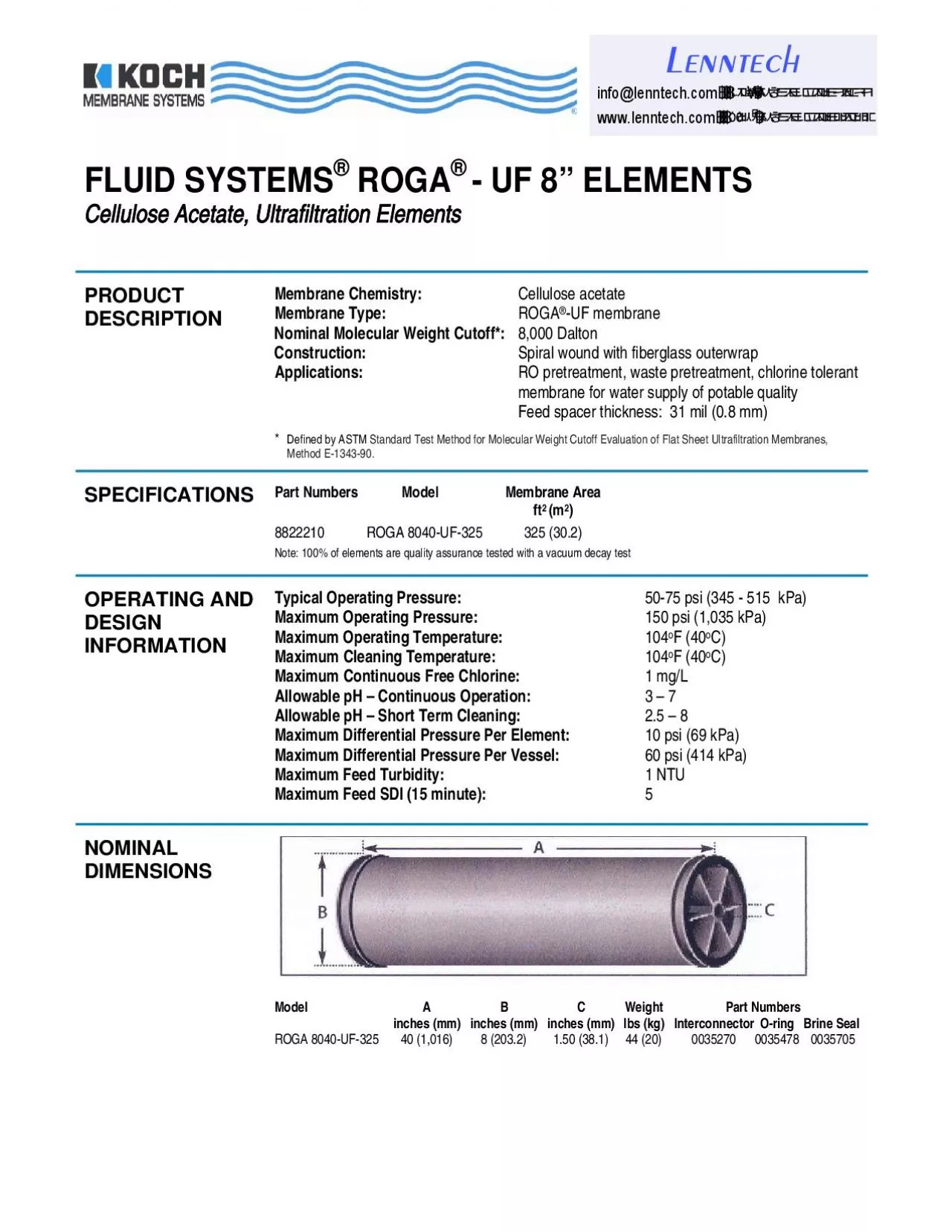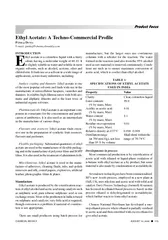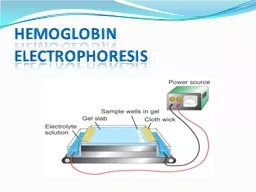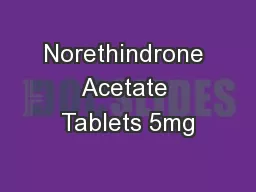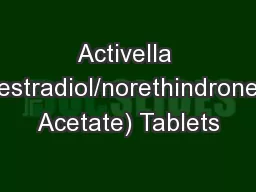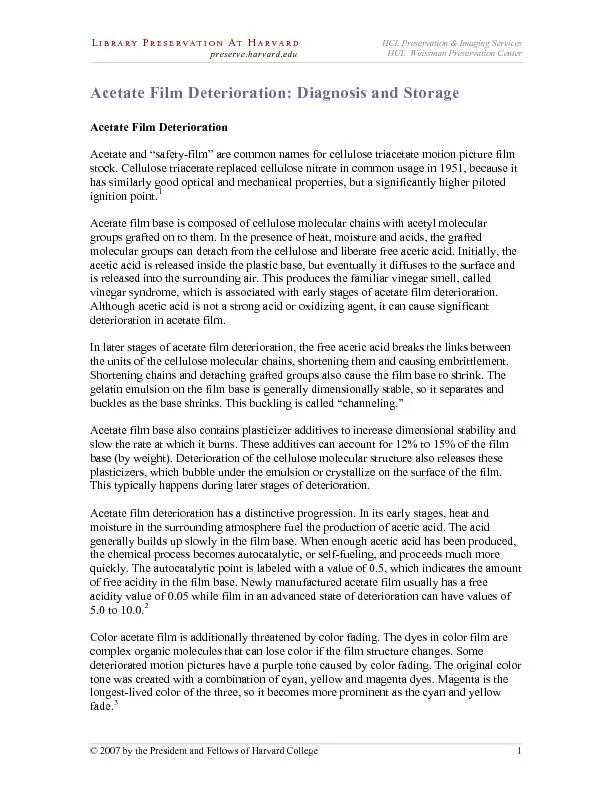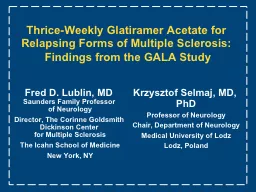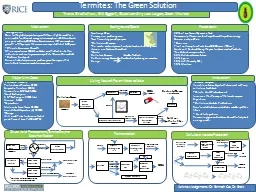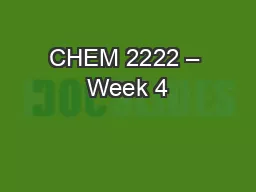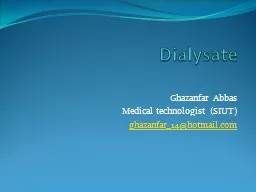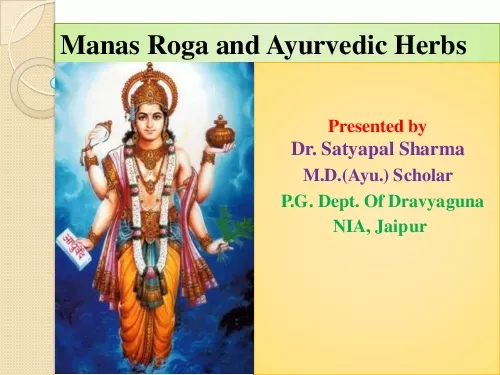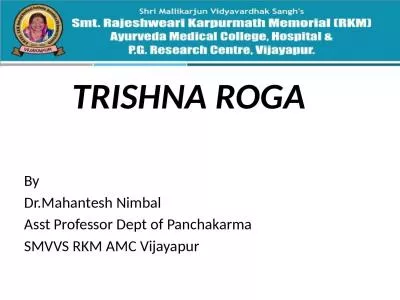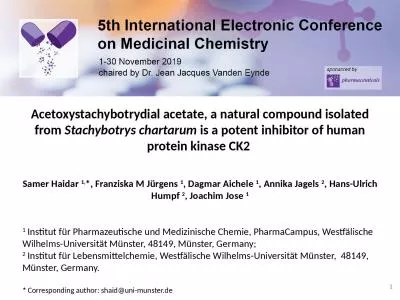PDF-FLUID SYSTEMS ROGA UF 8148 ELEMENTS Cellulose Acetate Ultrafiltrat
Author : roy | Published Date : 2021-08-18
Membrane Chemistry SPECIFICATIONS Part Numbers Model Membrane Area OPERATING AND INFORMATION 5075 psi 345 515 kPaDIMENSIONS Model A B C Weight Part Numbers inches
Presentation Embed Code
Download Presentation
Download Presentation The PPT/PDF document "FLUID SYSTEMS ROGA UF 8148 ELEMENTS Cel..." is the property of its rightful owner. Permission is granted to download and print the materials on this website for personal, non-commercial use only, and to display it on your personal computer provided you do not modify the materials and that you retain all copyright notices contained in the materials. By downloading content from our website, you accept the terms of this agreement.
FLUID SYSTEMS ROGA UF 8148 ELEMENTS Cellulose Acetate Ultrafiltrat: Transcript
Download Rules Of Document
"FLUID SYSTEMS ROGA UF 8148 ELEMENTS Cellulose Acetate Ultrafiltrat"The content belongs to its owner. You may download and print it for personal use, without modification, and keep all copyright notices. By downloading, you agree to these terms.
Related Documents

